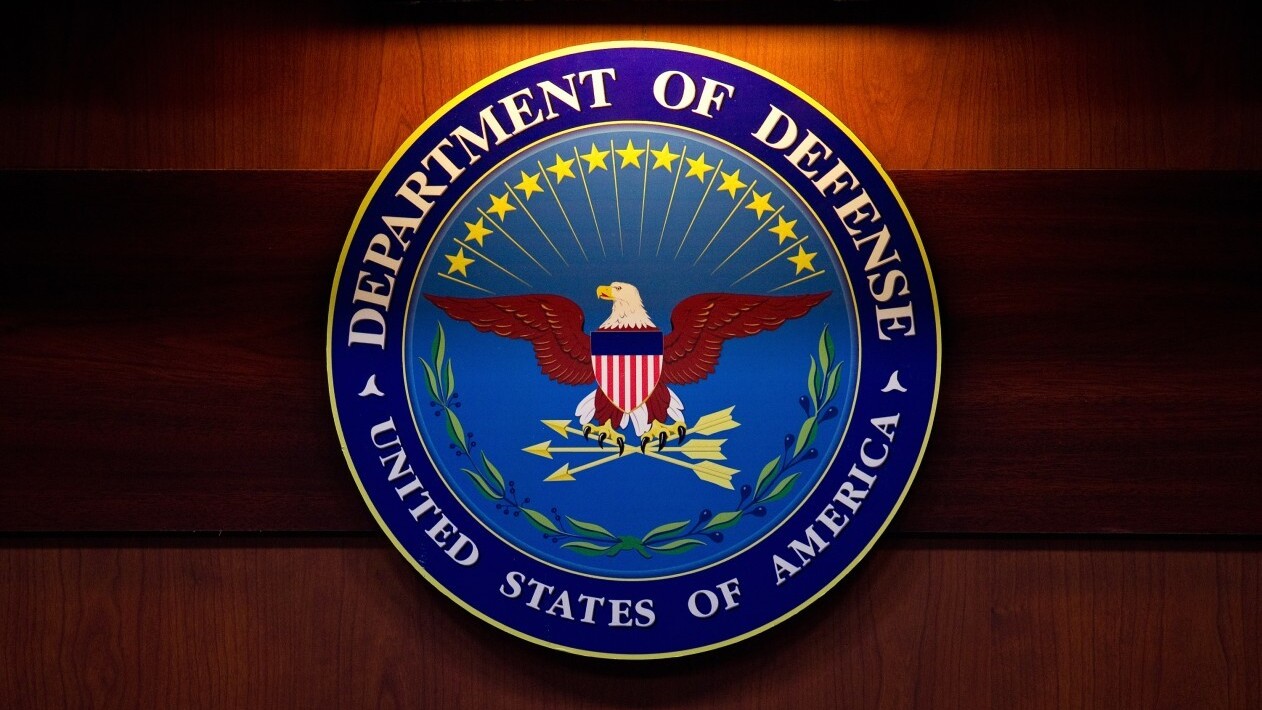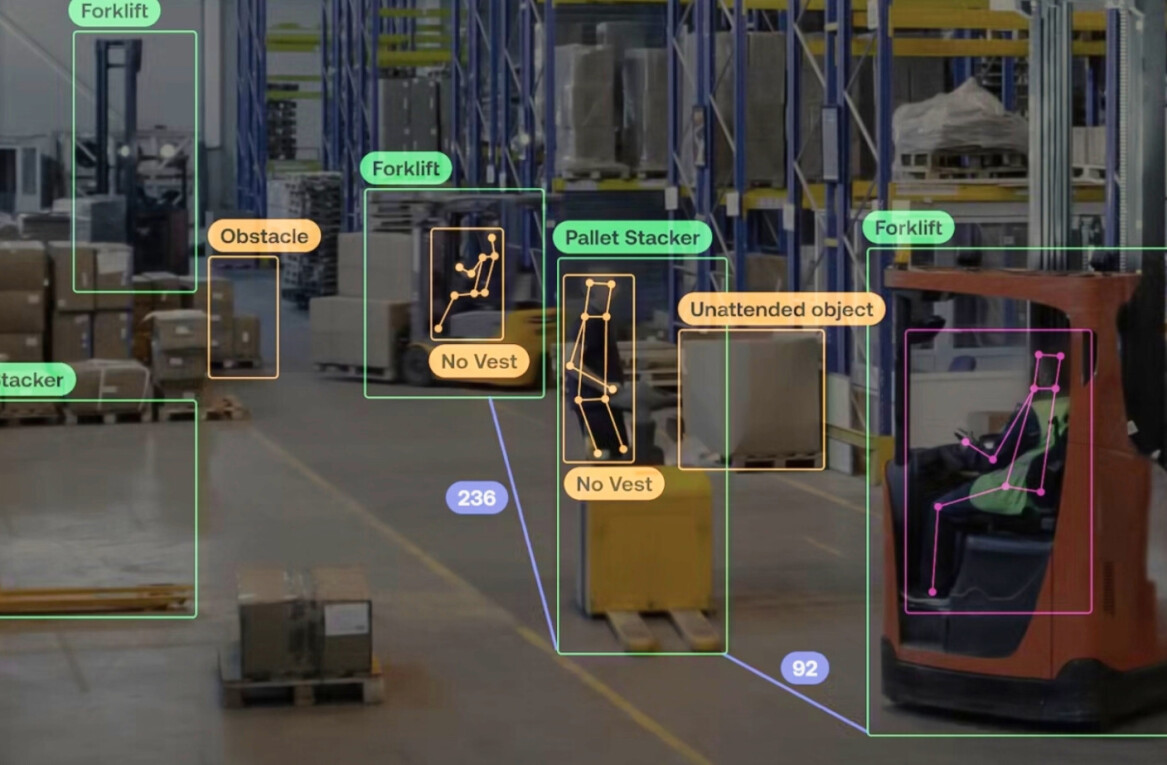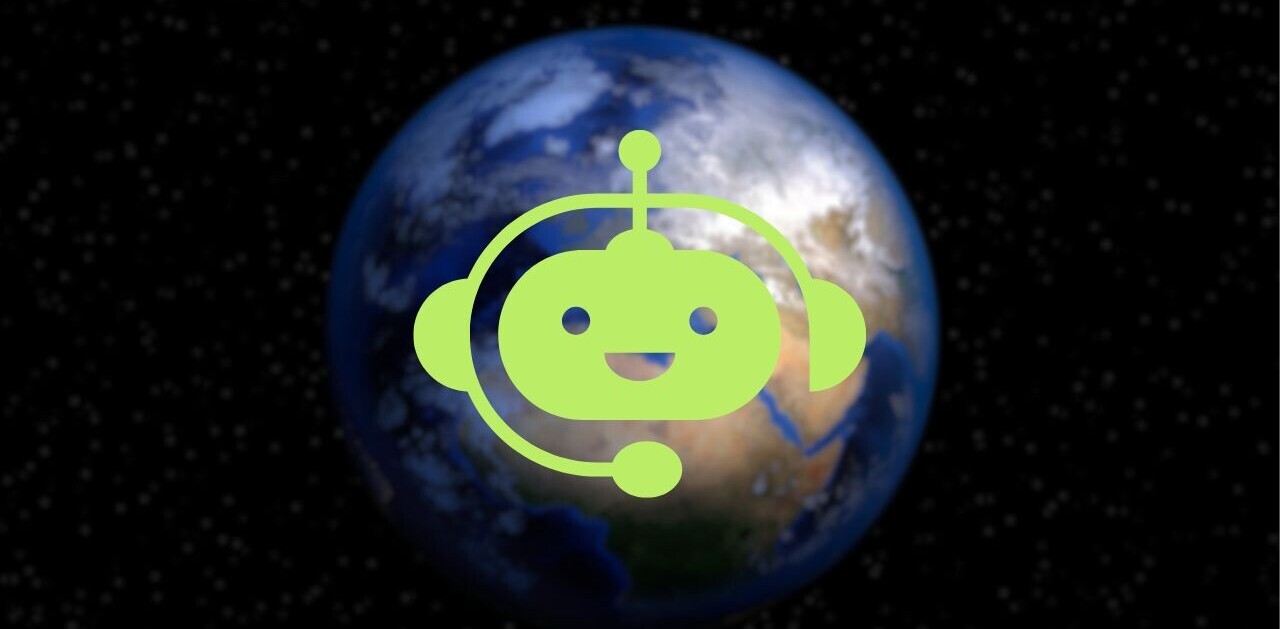
The US Department of Defense’s recently established Joint Artificial Intelligence Center (JAIC) has finally debuted and will oversee the Pentagon’s AI strategy. Better late than never, right?
After a couple of years’ worth of paperwork drills, Deputy Defense Secretary Patrick Shanahan released a document at the end of June establishing the JAIC, and stating it would take the next 30 days to figure out what its national mission objectives and personnel needs are. The specifics of how the center will carry out its duties going forward haven’t been publicly released, but that’s par for the course when dealing with military strategy.
Let’s just all keep our fingers crossed that whatever defense strategy the Pentagon eventually comes up with is comparable to those of other countries, such as China and Russia, who are all-in on AI at the state level. Because the White House, so far, has dealt with artificial intelligence (and STEM programs in general) by letting big tech do whatever it wants.
And what big tech wants is more money. That’s why Facebook, Google, Twitter, Microsoft, and all the other billion dollar US AI companies are putting the country’s foremost machine learning developers to work coming up with better ways to sell ads.
As we previously reported, the White House did hold an AI summit to discuss the national strategy, and it even formed a special AI committee. Unfortunately for our country, said committee falls under the jurisdiction of several divisions/departments that don’t have leadership.
A document released by the White House after the summit states:
The Select Committee will be chaired by The White House Office of Science and Technology Policy (OSTP), the National Science Foundation (NSF), and the Defense Advanced Research Projects Agency (DARPA).
The OSTP and NSF lack leadership — although President Trump did finally nominate a director for the OTSP last week in meteorologist Kelvin Droegemeier. But, even if Droegemeier is confirmed (his ideas on climate change — that it’s real — might be too radical for some members of Congress to approve him) both organizations will still have a large number of unfulfilled positions. The Trump administration basically held a purge on scientists when it took office. Luckily DARPA’s leadership is fine, but it falls under the Pentagon. That means its primary concern is defense: not the economy, civil rights, or public welfare, just defense.
Without a comprehensive national AI strategy we’re doomed to find out if the likes of Facebook and Google are enough to protect our way of life. And the next major test for that plan comes in November, when the midterm elections are held.
Get the TNW newsletter
Get the most important tech news in your inbox each week.




